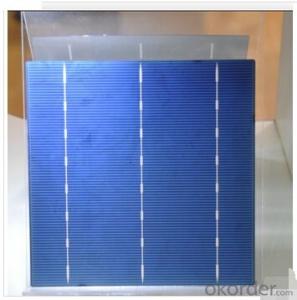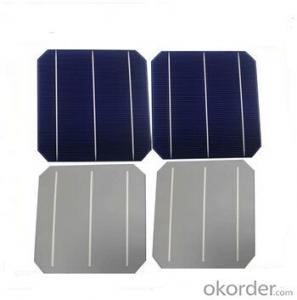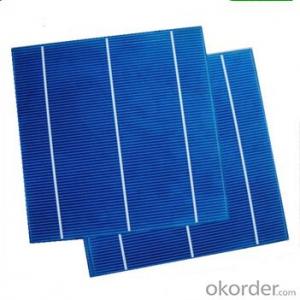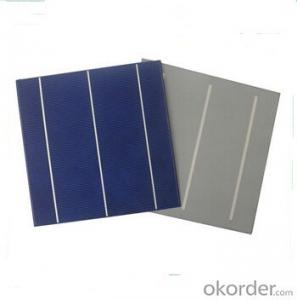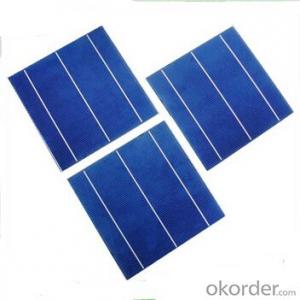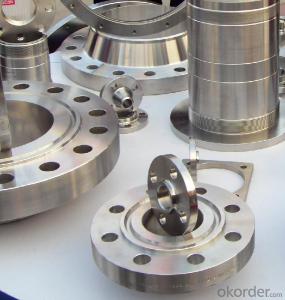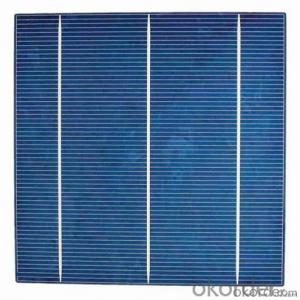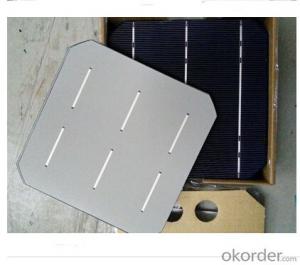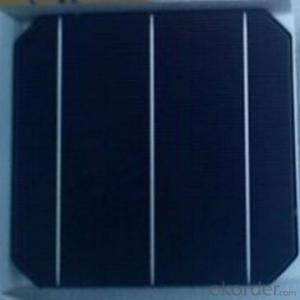Buy Loose Solar Cells
Buy Loose Solar Cells Related Searches
Ac Inverter For Solar Panels Solar Panel With Ac Inverter Gas Furnace With Ac Panda Hot Water Bottle Cover Minion Hot Water Bottle Cover Abb Solar Water Pump Inverter Solar Water Pump Philippines Extra Long Hot Water Bottle Solar Panel Dc To Ac Inverter Old Fashioned Hot Water BottleHot Searches
Cheap Solar Cells For Sale Flexible Solar Cells For Sale Q Cells Solar Panels For Sale Printed Solar Cells For Sale Bulk Solar Cells For Sale 6x6 Solar Cells For Sale Broken Solar Cells For Sale Cpv Solar Cells For Sale Photoelectric Cells For Sale Price Of Silicon Solar Cells Price Of Solar Cells Over Time Buy Solar Cells From China Cheap Solar Cells China Best Type Of Solar Cells Flexible Solar Cells Price Q Cells Solar Panels Price 3 Types Of Solar Cells Production Of Solar Cells Common Types Of Solar Cells Q Cells Solar Panel PricesBuy Loose Solar Cells Supplier & Manufacturer from China
Okorder.com is a professional Buy Loose Solar Cells supplier & manufacturer, offers integrated one-stop services including real-time quoting and online cargo tracking. We are funded by CNBM Group, a Fortune 500 enterprise and the largest Buy Loose Solar Cells firm in China.Hot Products
FAQ
- Yes, solar cells can be used in urban areas. In fact, they are increasingly being used in cities worldwide as a renewable energy solution. With the advancement of technology, solar cells can be installed on rooftops, facades, and even integrated into urban infrastructure like streetlights and bus shelters. This allows urban areas to harness clean energy from the sun and reduce their dependence on fossil fuels, contributing to a more sustainable and environmentally friendly future.
- Solar cells perform well in high-altitude locations due to several factors. Firstly, at higher altitudes, there is less atmospheric interference such as dust, pollution, and cloud cover, which allows for a more direct and intense sunlight exposure. This leads to increased solar energy absorption and higher power output from the solar cells. Additionally, the thinner atmosphere at high altitudes reduces the scattering of sunlight, resulting in improved efficiency of solar cells. Therefore, solar cells can be highly efficient and productive in high-altitude locations, making them an ideal renewable energy solution in such areas.
- Solar cells can be affected by insects in areas with high levels of insect activity. Insects can cause shading on the surface of solar panels, reducing their efficiency. Additionally, insect debris and waste can accumulate on the panels, further decreasing their performance. Regular cleaning and maintenance can help mitigate these issues and ensure optimal performance of solar cells in such areas.
- Yes, solar cells can be used in electric fences. They can be used to power the fence's energizer, which delivers an electric shock to deter animals or intruders. Solar cells are efficient in converting sunlight into electricity, making them a sustainable and cost-effective solution for powering electric fences in remote locations without access to the grid.
- Yes, solar cells can be used for powering irrigation systems. Solar energy can be converted into electricity by solar cells, which can then be used to power irrigation pumps and other necessary equipment. This offers a sustainable and environmentally friendly solution for providing power to irrigation systems in remote or off-grid areas.
- Can the 156x156mm high efficiency single crystal cells assembly function better compared to the traditional one?
- The reason why it is functioning better is because of its h igh power large area silicon solar cell.
- Which Solar Panel Type is best? Polycrystalline panel or PV Module Monocrystalline Solar cell panel, or thin film?
- Monocrystalline silicon solar panels are space-efficient. Monocrystalline solar panels produce up to four times the amount of electricity as thin-film solar panels.
- Yes, solar cells can be combined with energy storage systems. The integration of solar cells and energy storage systems allows for the capture and storage of excess energy generated by the solar cells during periods of high production. This stored energy can then be utilized during times when solar production is low or when there is a higher demand for electricity. This combination enables a more efficient and reliable renewable energy solution.
















